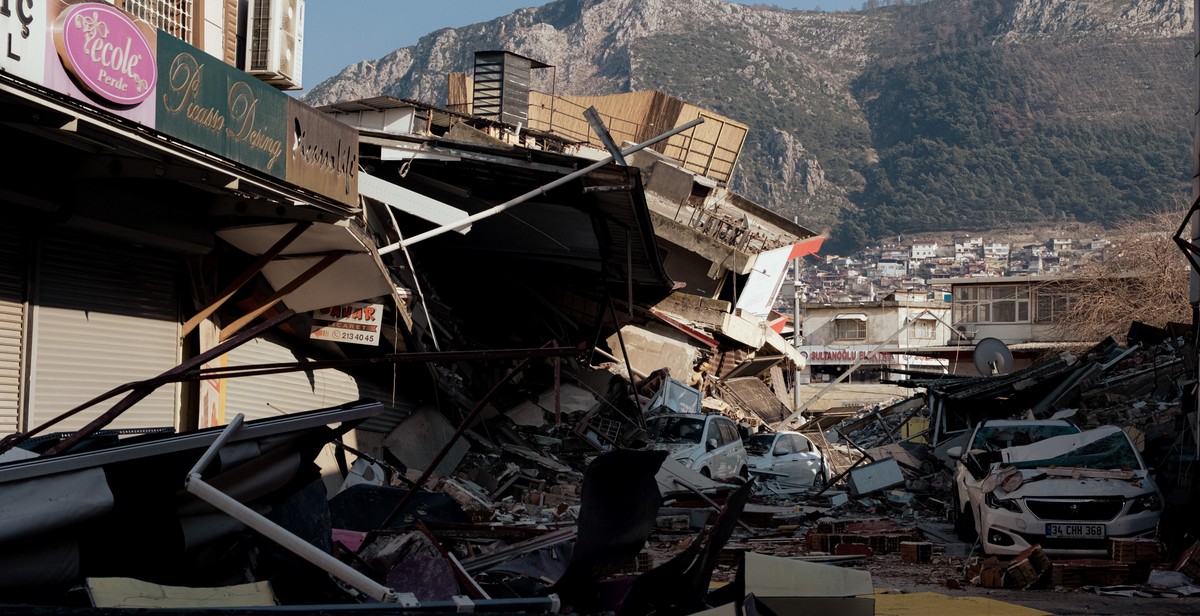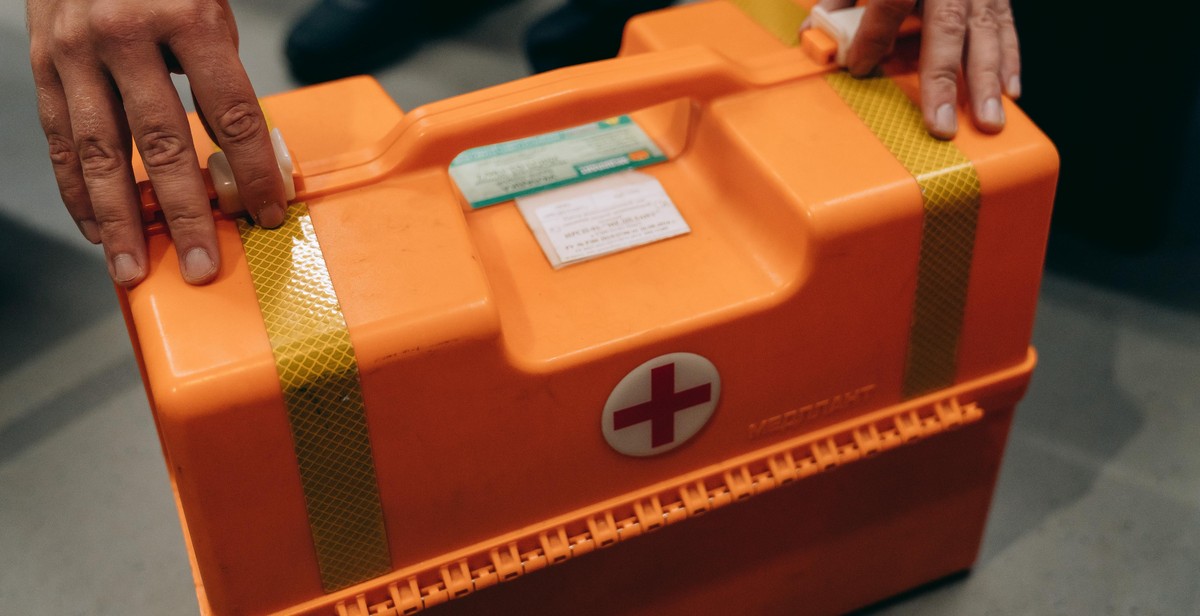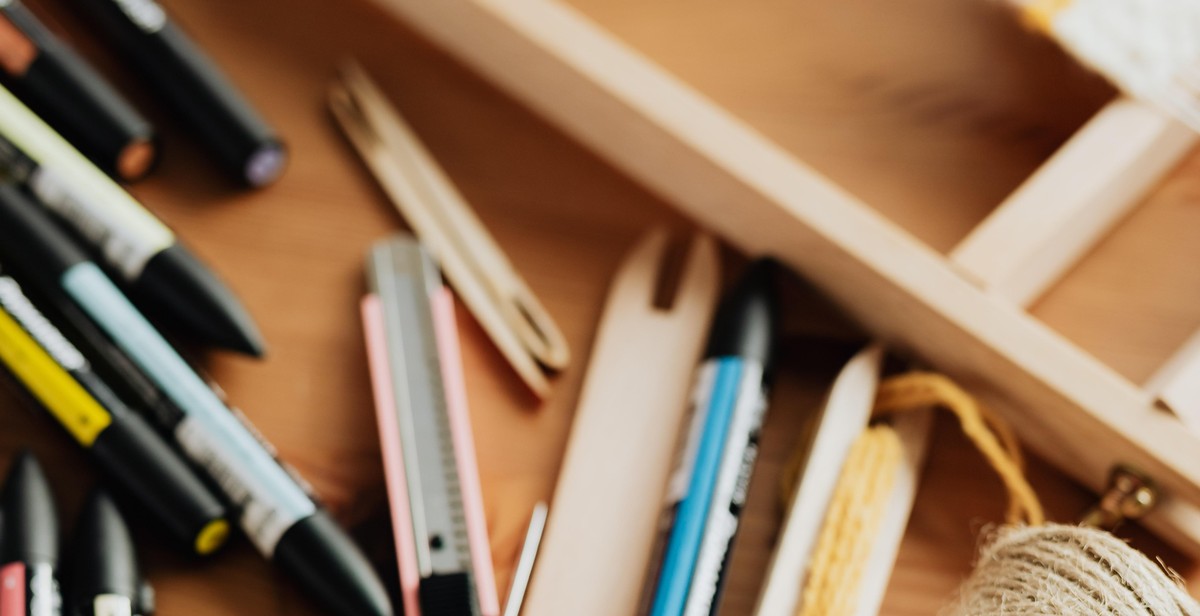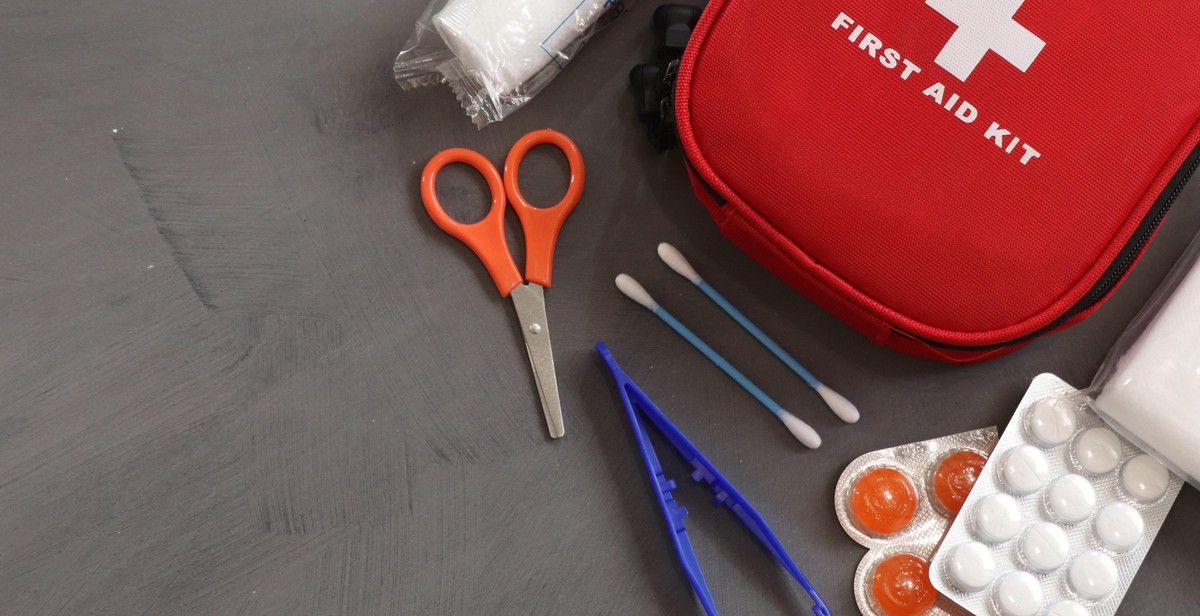How to Build an Earthquake Survival Kit: Essential Supplies for Emergency Situations
Living in an earthquake-prone area can be nerve-wracking. The thought of a sudden tremor striking at any moment can be overwhelming, but it’s important to be prepared. One of the best ways to ensure your safety during an earthquake is to have an earthquake survival kit on hand.
As a professional content creator with years of experience, I understand the importance of being prepared for emergency situations. I have personally experienced earthquakes and know firsthand how important it is to have essential supplies on hand. In this article, I will guide you through the process of building your own earthquake survival kit.
Why You Need an Earthquake Survival Kit
During an earthquake, you may be without power, water, or access to emergency services for days. Having a survival kit on hand can provide you with the necessary supplies to survive until help arrives. It can also provide peace of mind knowing that you and your loved ones are prepared for any emergency situation.
What to Include in Your Earthquake Survival Kit
There are several essential supplies that should be included in your earthquake survival kit. These include food, water, first aid supplies, and tools. I will provide a detailed list of these supplies and explain why they are important in the following sections.

Why You Need an Earthquake Survival Kit
Earthquakes can strike without warning and can cause major damage to homes, buildings, and infrastructure. In the aftermath of an earthquake, it may take hours, days, or even weeks for emergency services to arrive. In the meantime, you may need to fend for yourself and your family, which is why it’s crucial to have an earthquake survival kit on hand.
Stay Safe and Comfortable
An earthquake survival kit contains essential supplies that can help you stay safe and comfortable until help arrives. The kit should include items such as food, water, first-aid supplies, and tools to help you escape from a collapsed building or other dangerous situation.
Be Prepared for Emergencies
Having an earthquake survival kit can also help you be prepared for other types of emergencies. For example, if you live in an area prone to hurricanes, tornadoes, or other natural disasters, many of the items in your earthquake survival kit will also be useful in those situations.
Protect Your Family
Ultimately, the most important reason to have an earthquake survival kit is to protect your family. In the event of an earthquake or other emergency, you may not be able to rely on outside help for several days. Having a well-stocked survival kit can help ensure that your family has the supplies and resources they need to stay safe and healthy until help arrives.
| What to remember | Why it matters |
|---|---|
| Earthquakes can strike without warning | Having an earthquake survival kit can help you stay safe and comfortable until help arrives |
| An earthquake survival kit can also help you be prepared for other types of emergencies | You may not be able to rely on outside help for several days in the event of an emergency |
| The most important reason to have an earthquake survival kit is to protect your family | Having a well-stocked survival kit can help ensure that your family has the supplies and resources they need to stay safe and healthy |

Essential Supplies to Include in Your Earthquake Survival Kit
An earthquake can strike at any time and without warning, leaving you and your family vulnerable to injury and displacement. When building your earthquake survival kit, it’s important to consider the essential supplies that will keep you safe and comfortable until help arrives. Here are the must-have items to include in your kit:
Food and Water
When disaster strikes, access to food and clean water may be limited. Ensure you have enough non-perishable food and clean water to last at least 72 hours. Consider packing canned goods, energy bars, and dried fruits. Don’t forget to pack a manual can opener and disposable plates, cups, and utensils.
First Aid Kit
Injuries are common during natural disasters, so prepare a well-stocked first aid kit. Make sure to include bandages, antiseptic wipes, gauze, pain relievers, and any prescription medications you or your family members need.
Emergency Blankets
Earthquakes can disrupt power and heating systems, leaving you exposed to the elements. Pack emergency blankets to keep warm and dry in case of inclement weather.
Flashlights and Batteries
Power outages are common during earthquakes, so pack flashlights and extra batteries to keep your family safe and navigate in the dark.
Radio or Communication Device
Communication is key during an emergency, so pack a battery-powered radio or communication device. This will help you stay informed about rescue efforts, weather conditions, and other important information.
Multi-Tool or Knife
A multi-tool or knife can come in handy during an emergency. It can be used to cut through debris, open cans, or perform other essential tasks.
Cash and Important Documents
Make sure to have cash and copies of important documents, such as passports, identification cards, and insurance policies, in case you need to evacuate your home.
By including these essential supplies in your earthquake survival kit, you can ensure that your family is prepared for any emergency situation.

How to Pack Your Earthquake Survival Kit
Packing your earthquake survival kit can be a daunting task, but it is essential to ensure that you have everything you need in case of an emergency. Here are some tips to help you pack your earthquake survival kit:
1. Start with the essentials
Begin by packing the essential items that you will need to survive for at least 72 hours. These include:
- Water (at least one gallon per person per day)
- Non-perishable food items
- First aid kit
- Flashlight and extra batteries
- Whistle
- Dust mask
- Plastic sheeting and duct tape
- Moist towelettes, garbage bags, and plastic ties for personal sanitation
- Wrench or pliers to turn off utilities
2. Consider your specific needs
Think about any specific needs you or your family members may have. For example, if you have a baby, you will need to pack extra diapers and formula. If someone in your family has a medical condition, make sure you have enough medication to last for at least 72 hours.
3. Pack important documents
Make sure you have copies of important documents, such as insurance policies, identification documents, and bank account information. Store them in a waterproof, portable container.
4. Don’t forget about your pets
If you have pets, make sure you have enough food, water, and medication for them as well. Pack a leash or carrier to keep them safe.
5. Keep your kit up-to-date
Check your earthquake survival kit regularly and update it as needed. Make sure all of the items are still functional and not expired.
By following these tips, you can pack an earthquake survival kit that will keep you and your family safe in case of an emergency.

Where to Store Your Earthquake Survival Kit
When it comes to storing your earthquake survival kit, there are a few things you need to keep in mind. First and foremost, your kit should be easily accessible in case of an emergency. You never know when an earthquake will strike, so it’s important to have your kit nearby at all times.
Indoor Storage Options
If you plan on storing your earthquake survival kit indoors, there are a few options to consider:
- Closet: A closet is a great option for storing your kit since it’s easily accessible and out of the way. Make sure to choose a closet that is located on the ground floor of your home.
- Under the bed: If you don’t have a closet available, consider storing your kit under your bed. This is a great option if you have limited storage space.
- Pantry: If you have a pantry or storage area in your home, this can be a good place to store your kit. Just make sure it’s easily accessible and not blocked by other items.
Outdoor Storage Options
If you prefer to store your earthquake survival kit outdoors, there are a few things to keep in mind:
- Shed: If you have a shed or other outdoor storage unit, this can be a good place to store your kit. Just make sure it’s easily accessible and not blocked by other items.
- Garage: If you have a garage, this can be a good place to store your kit. However, make sure to choose a location that is easily accessible and not blocked by other items.
Additional Tips
No matter where you decide to store your earthquake survival kit, there are a few additional tips to keep in mind:
- Keep it dry: Make sure your kit is stored in a dry location to prevent damage to your supplies.
- Label it: Label your kit so it’s easy to identify in an emergency.
- Check it regularly: Make sure to check your kit regularly to ensure all supplies are up-to-date and in good condition.
 |
Image source: www.example.com |

Conclusion
Building an earthquake survival kit is an essential step in preparing for an emergency situation that may arise due to seismic activity. The kit should contain essential supplies that can help you and your family survive for at least 72 hours without outside assistance.
When building your earthquake survival kit, it is important to consider the specific needs of your family, including any medical conditions, dietary restrictions, and other individual needs. You should also consider the unique risks posed by earthquakes in your area and tailor your kit accordingly.
In addition to the essential supplies listed in this article, you may also want to consider including additional items such as cash, important documents, and a battery-powered radio. Regularly check and update your kit to ensure that all supplies are in good condition and within their expiration dates.
Remember, earthquakes can strike at any time without warning, so being prepared can make all the difference in ensuring your safety and the safety of your loved ones. Take the time to build your earthquake survival kit today, and have peace of mind knowing that you are ready for whatever comes your way.
| Water | Food | First Aid Kit | Flashlight and Batteries |
|---|---|---|---|
| 1 gallon per person per day | Non-perishable, easy-to-prepare items | Bandages, gauze, antiseptic wipes, medications | Extra batteries to last at least 72 hours |
| Additional Supplies: Warm clothing, sturdy shoes, blankets, whistle, dust mask, plastic bags, can opener, wrench, matches, and a multi-tool. | |||
